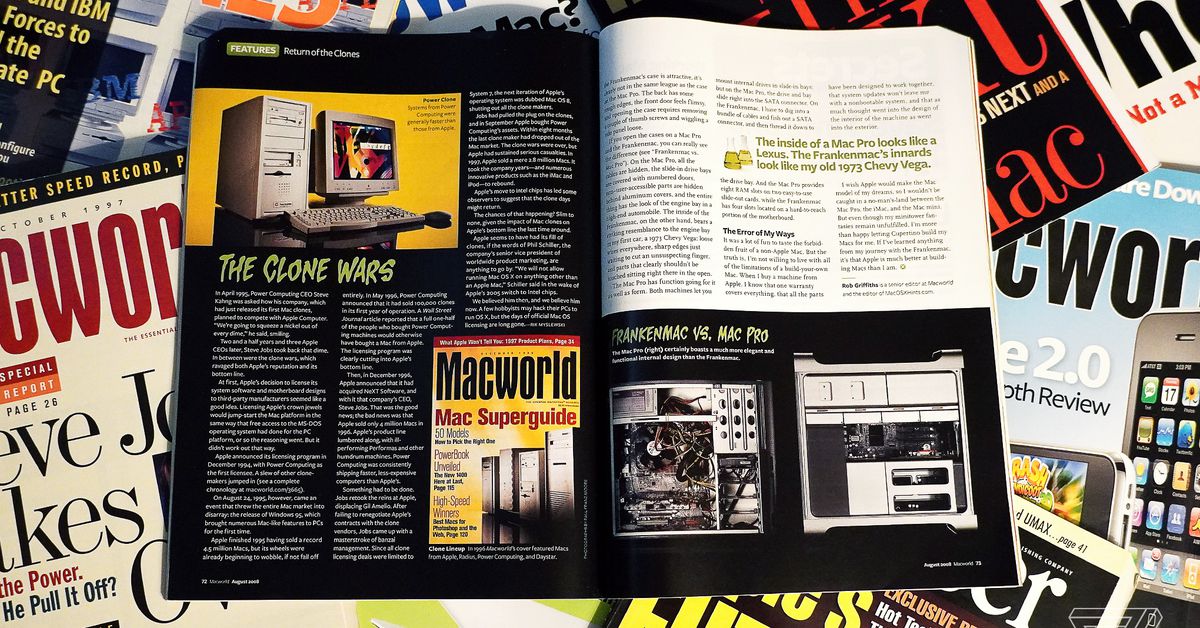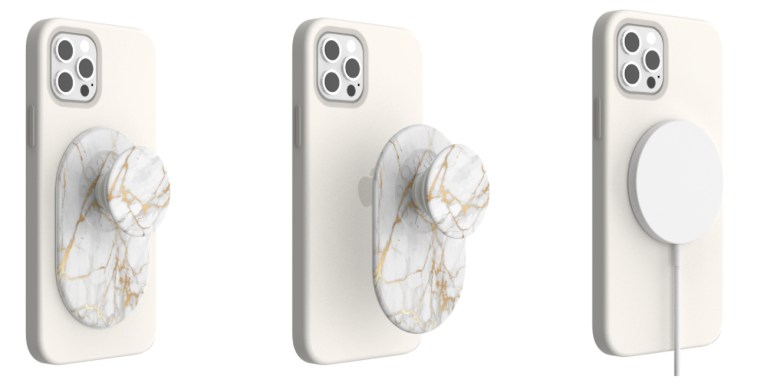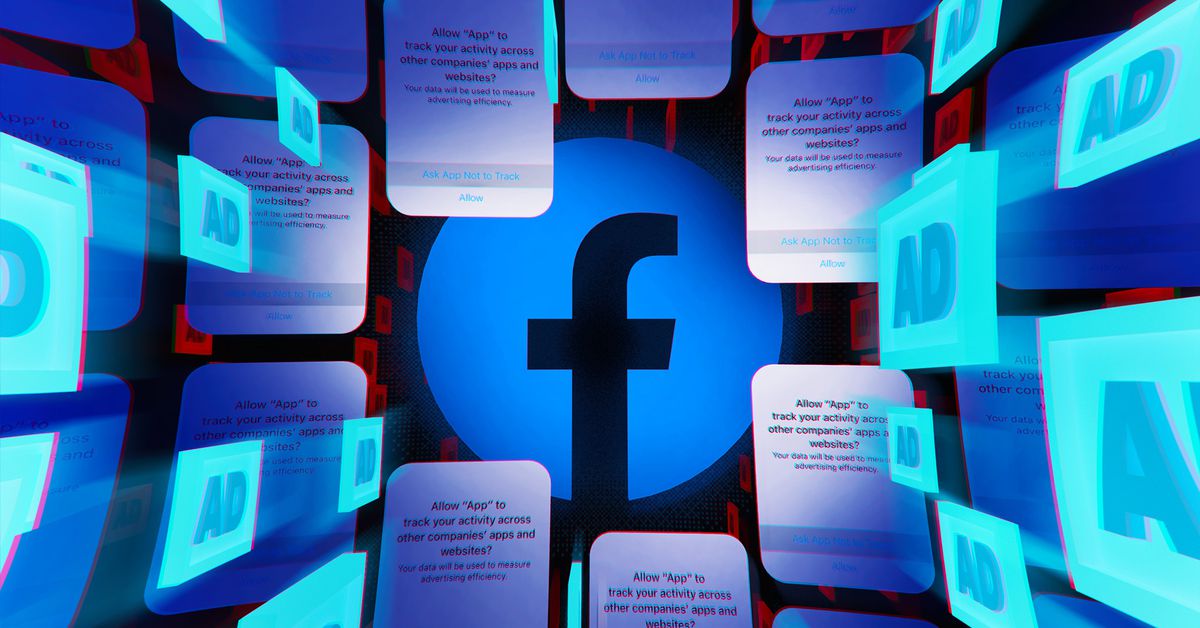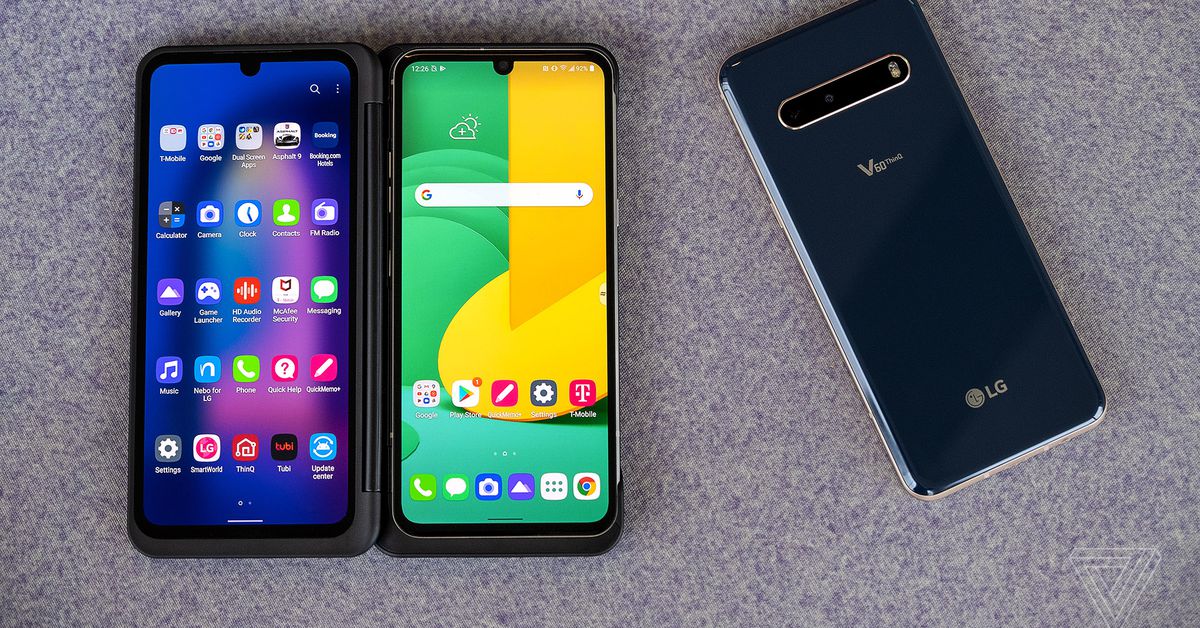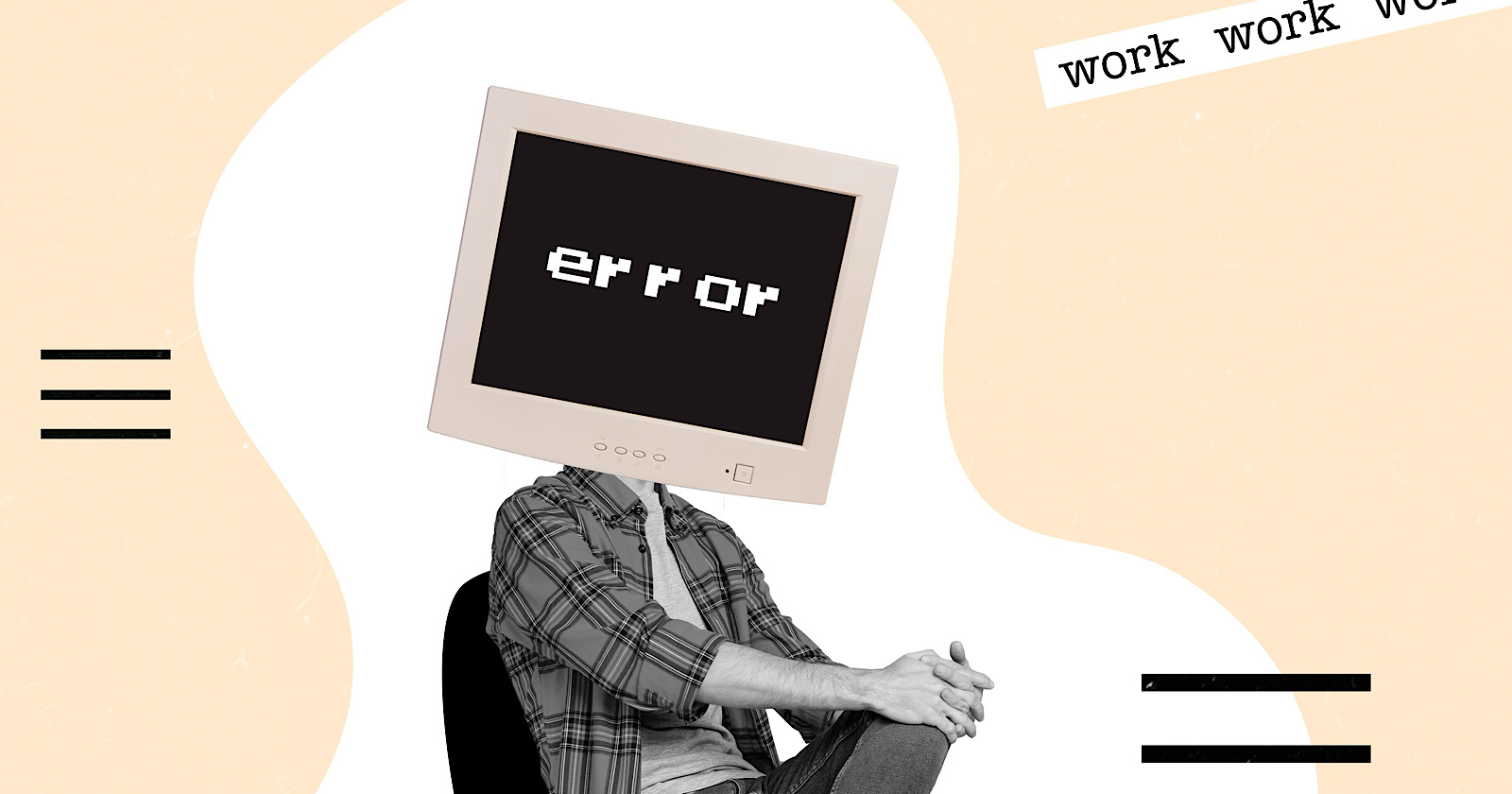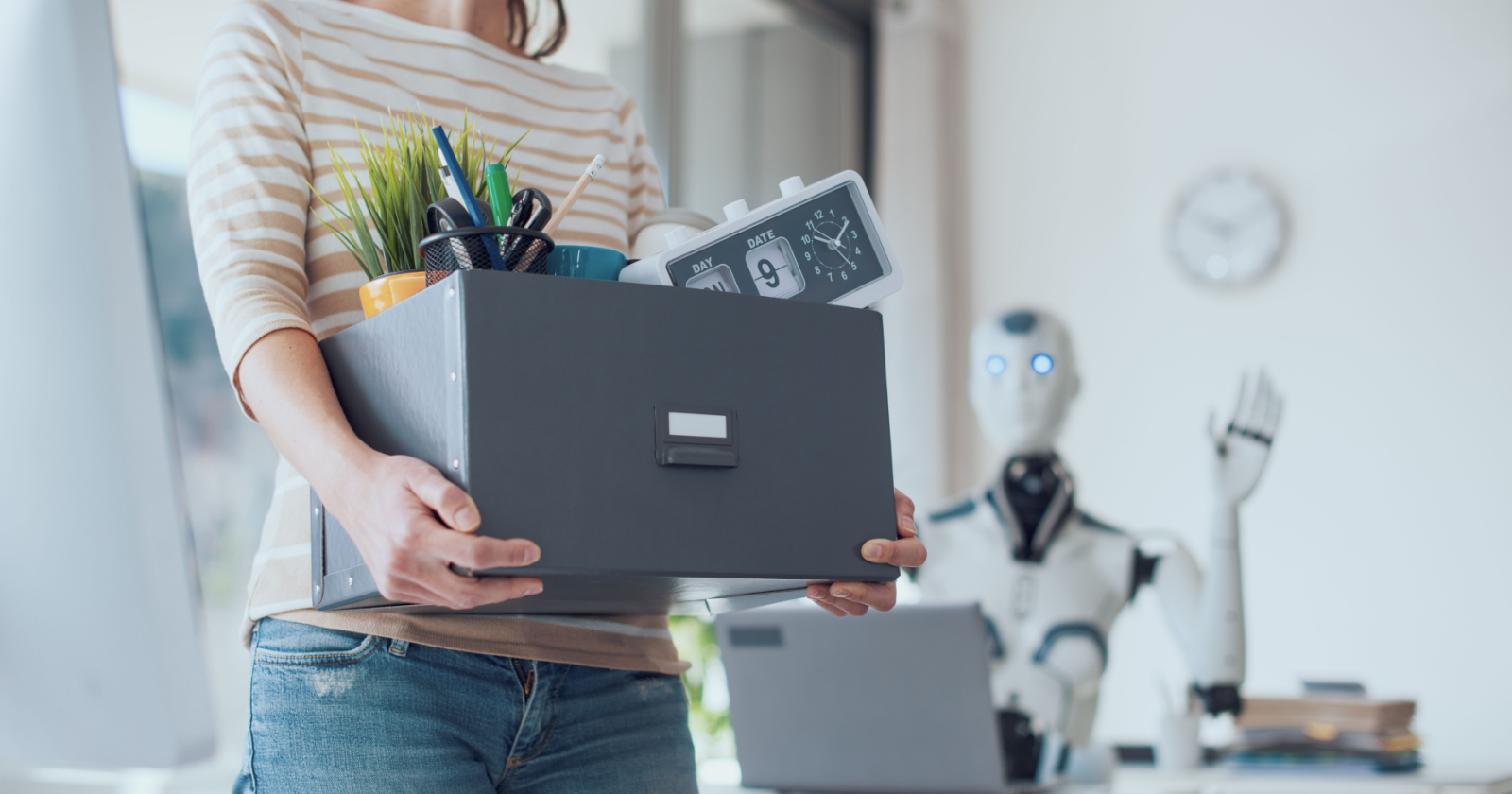Can Elon Musk turn Twitter into an ‘everything app?’
“The Man Who Knew Nothing About Risk” | Illustration by Laura Normand / The VergeVerification is an old nemesis for Musk. Continue reading…
/cdn.vox-cdn.com/uploads/chorus_asset/file/24090214/STK171_VRG_Illo_4_Normand_ElonMusk_04.jpg)
Okay, so last week we talked about the cratering ad revenue on Twitter, and then, just after I published, another major ad agency paused Twitter spending. But I wrote last week’s column to tee up the thing I actually want to talk about: the long-term plan to make Twitter less dependent on advertising.
On October 29th, Musk pal Jason Calacanis said on his podcast, All-In, “There’s no doubt that, I think, Elon can turn this around pretty quickly and make it massively profitable.” Even when he said it, it wasn’t quite true. Elon Musk already had a foray in media: the notable failure Thud, which apparently never had a plan to be profitable. After the events of the last couple weeks, I feel like I’m dunking on Calacanis just by quoting him. But whatever, we’re less than a month in, and it’s possible that in the long term Calacanis is right, so I am going to do my best to take this all seriously.
Here is something else Calacanis said that I am attempting to take seriously:
I think making everything verified and a path to verification, which Elon has talked about publicly many times, and payments, which he has talked about publicly many times, just those two things alone could make the experience of being on Twitter absolutely delightful. If everybody could verify themselves, this thing could turn around quickly.
Musk has a history with verifying users. He was bad at it.
Well, I think we all know how the Twitter Blue experiment went — canceled after two days! — but in fairness to Calacanis, that is not quite the same thing as verification. Musk is going to take another crack at it later. I hope it will be better because I truly do love Twitter, unfortunately, and I would prefer not to see some arrogant, out-of-touch Gen Xers drive it into the ground because they aren’t ready to deal with two generations of internet zooborns. On the other hand, you know, there is something karmically correct about Twitter trolling itself out of existence.
So, let’s discuss verification! Musk has a history with verifying users. He was bad at it.
The entities that bought Twitter, X Holdings, were a reference to X.com, a business Musk started in 1999. That was when Musk “began to hone his trademark style of entering an ultracomplex business and not letting the fact that he knew very little about the industry’s nuances bother him in the slightest,” writes Ashlee Vance in his Musk biography. “He had an inkling that the bankers were doing finance all wrong and that he could run the business better than everyone else.”
X.com sounds like an early version of a super app, with electronic payments, checking accounts, stock trades, and mutual funds. A lot of X.com’s ideas seem ahead of its time, like being able to use an email address to send payments. Customers got a $20 bonus on a cash card when they signed up and $10 for everyone they referred — and there were no overdraft fees, Vance writes. If you are thinking, hmm, that sounds like a business that’s hemorrhaging money, you are right!
“A runaway fraud problem”
At X, Musk dodged “know your customer” rules, which require banks to make sure you are who you say you are. “Of course, there was nothing stopping X’s customers from lying about who they were and where they lived when they signed up for an account, which they did all the time,” writes Max Chafkin in his biography of Peter Thiel, the other PayPal mogul. “Every day, the mail carrier would stop at 394 University and deliver a giant bag of letters that X had sent to its customers that, having arrived at fake addresses, had been returned to sender.”
X shared office space with Thiel’s company, Confinity, which developed PayPal. The two money-losing companies eventually merged, but that didn’t help what Thiel called “a runaway fraud problem” in a speech at a 2015 conference held by the Center on Capitalism and Society:
Years ago, I was thinking of doing a book on PayPal, and the working title I had for it was Risky Business, and the whole thing was how we went from one frightening, insane risk after another. The chapter title on Elon — at the time, Elon Musk was working with us very closely, we sort of combined two companies — was going to be entitled “The Man Who Knew Nothing About Risk” ... We had decided to give credit cards to absolutely anybody who wanted them. You got a up to $10,000 credit limit. Elon had told the woman who was rolling the service out that he wanted a million people to be using the new credit card by the end of the year. Fortunately, it was about two levels down from the front page, and so not that many people were able to discover this. Some people did; they wrote us back and said, “This is fantastic, I haven’t had credit in years. I can’t believe you’re offering me credit. I haven’t even had a checking account in 10 years.” These were people who wrote so many bad checks that banks wouldn’t allow them to have checking accounts. It turned out we ended up with something like a 50 percent charge-back rate. The worst subprime companies were like 4 to 6 percent. Then, happily, we rolled that product back very quickly.
Anyway, Thiel did a coup and booted Musk from the CEO job in 2000. The company got renamed for its successful product, PayPal.
Okay, but that was more than 20 years ago, and we’ve all learned things since then. For instance, in 1999, I had a learner’s permit, and now I have a driver’s license! Let’s see what Musk has learned about payment companies.
What has Musk said so far about Twitter and payments?
At Musk’s first meeting with Twitter employees, he did discuss his ambitions to make Twitter a place for payments. It’s a “high priority!” More to the point:
I think there’s this transformative opportunity in payments. And payments really are just the exchange of information. From an information standpoint, not a huge difference between, say, just sending a direct message and sending a payment. They are basically the same thing. In principle, you can use a direct messaging stack for payments. And so that’s definitely a direction we’re going to go in, enabling people on Twitter to be able to send money anywhere in the world instantly and in real time. We just want to make it as useful as possible.
In that speech, Musk indicates that he’s aware of the possibilities of people buying credit card information and scamming, so that’s good! But he also says he’s going to recycle his old plans for user acquisition, saying that in order to acquire users, he’s going to “give them some amount of money, like 10 bucks or something, that they can send anywhere in the system.”
Twitter needs money transfer licenses for that, which Musk says he’s applied for. But his ambitions sound bigger than just payments — he wants high-yield money market accounts “so that having a Twitter balance is the highest-yield thing that you can do,” he says. And, you know, debit cards, and checks, and maybe eventually loans. But payments, Musk says, would make Twitter more friendly to e-commerce.
The creator economy... on Twitter?
One sort of obvious way to make payments make sense on Twitter is to leverage the creator economy. Right now, it’s hard to monetize on Twitter, though Tips and Super Follows exist and may be one way to do it.
So I called up Hank Green, YouTuber and CEO of Complexly — in other words, a creator economy OG who knows an awful lot about the business end of it all. I asked him what he thought about Twitter as it stands right now, and he told me, “Thinking about Twitter in a rational economics way would lead you not to make content on Twitter. There’s more downside than upside, and a lot of people with reputations to protect left over the last 10 years.”
“I’ll watch a hockey highlight or Chris Hayes say something, but if it’s more than a minute, you’ve gotta give me a good reason to watch that.”
If you have a large enough audience, you can market things on Twitter, but the conversion rate is sort of terrible and everyone knows it, Green says. But that’s also true of regular marketing. Still, “the customer acquisition costs on Twitter are higher, and that’s why you don’t see the same kind of ads on Twitter as you do on Instagram,” he says.
Musk has talked about rebuilding Vine, an early video platform Twitter developed, to compete with TikTok. One way to lure content creators away from TikTok (or YouTube or Instagram) is to make it easier for them to make a living, perhaps through payments. But Vine as it was isn’t great for that because the videos aren’t long enough. The reason YouTube is still king in terms of revenue for creators is that you can make 10-minute videos, running preroll and midroll advertising.
But since Twitter is primarily a text product, videos are not what people come to the service for. “I’ll watch a hockey highlight or Chris Hayes say something, but if it’s more than a minute, you’ve gotta give me a good reason to watch that,” Green says.
You can imagine Musk creating, like, a Vine tab that lives within the app. But that has its own problems — specifically, copyright. You need a content ID system that prevents people from using an unauthorized Britney Spears song or something because, otherwise, you are In Trouble with the record labels. You can ban all Britney on the platform, but users will hate that. And also, users are going to set videos to Britney no matter what — so, enjoy the record labels’ lawyers, I guess. Better to make a deal, like TikTok, to let users create videos with snippets of music. But will the labels be into it? “I don’t think they’re going to take a meeting with Twitter unless and until they build something big,” Green says.
And to compete with YouTube, he’s going to need to figure out how to beat that 55 percent revenue split while also making money to pay off the $1 billion in annual interest payments that Musk’s acquisition saddled the company with.
Twitter also has to be stable enough to let people build businesses there
Meanwhile, the overall advertising slowdown has hit the creator economy, which has never been through a recession. The creator economy in its current form started to take shape in 2009 or so, Green says. “That’s when the upswing began, and it’s been on cocaine ever since, the cocaine of zero percent interest rates.” Those days are over! So it’s not clear what a recession would do to people who build businesses on social media.
There is a place where Twitter has an advantage, though — and it’s over Discord. Right now, there’s a plug-and-play setup with Patreon, where you can pay to get access to your favorite creator’s Discord. The problem with Discord is that it requires extensive do-it-yourself moderation. Twitter, however, is a one-to-many communication service. That might be more attractive for people who don’t want to spend a lot of time on community moderation, Green says.
If Musk can figure out a way to make inroads into the creator economy, that could maybe bring people to the platform in a way that’s cheaper than the $10 sign-up bonus he’s proposed. Most creators’ fans want them to continue to be able to make stuff and are willing to pay to support that. If there’s a way to keep the most fun, prolific Twitter users on the platform — either by paying them directly or by letting their fans pay them — I can imagine a world in which that creates a revenue stream that makes Twitter less dependent on advertising.
But Twitter also has to be stable enough to let people build businesses there, and the chaos of the last few weeks is scary for any business owner. Creators routinely complain about algorithm changes on YouTube or Instagram hurting their business! Recently and famously, the Kardashians complained so loudly that they reversed a product change on Instagram precisely because it was bad for their business. Substituting creators for advertisers means that Musk has a different set of constituents to make happy.
Crypto???
When I wrote up my stupid little outline for this story last week, I thought it might be nice to end on a hopeful note. So I was going to say something about how crypto Twitter is actually growing. And in Musk’s texts to his brother Kimbal, he says, “I think a new social media company is needed that is based on a blockchain and includes payments.”
In this vision, users pay a “tiny amount” to register their messages on a blockchain. (Musk thinks this will cut out “the vast majority of spam and bots”; I disagree, and I think the recent hijinks around Twitter Blue prove my point, but whatever.) I can sort of imagine this like a blockchain Venmo — where part of the fun is watching other people transact. Make a UI that’s friendly and onboard the normies, sure, why not!
“As the saying goes, invest in the products you use. (Not financial advice).”
After all, one of the Twitter investors Musk enticed was Changpeng “CZ” Zhao — a crypto world heavy hitter. “Twitter is a platform I use heavily,” Zhao wrote in a thread explaining the investment. “As the saying goes, invest in the products you use. (Not financial advice).” He also didn’t seem too concerned about a roadmap, saying “Don’t ask me about a plan. Never had a plan for Binance. Entrepreneurs don’t plan.”
I was planning to engage with this seriously when FTX melted down, and I think that alone has changed the risk/reward profile of the kind of network Musk is proposing. Part of that is my suspicion that regulators will be coming hot and heavy for anything that is even a little bit cryptocurrency-related. But more significantly, Zhao is now a direct target for regulators in the US because of his role in the debacle. That makes it riskier to lean on his expertise to develop the kind of blockchain-based network Musk was proposing — I imagine that any regulators looking to put Zhao’s head on a spike will start by investigating any US-based entity close to him.
Still, there’s some hope for Twitter. FTX’s Sam Bankman-Fried was in Musk’s texts, trying to become a Twitter investor. Musk seemed doubtful — well before just about everyone else — that Bankman-Fried was good for the money. Smart judgment call! But given how Musk handled verification on Twitter and fraud at PayPal, it seems like Musk’s judgment falters at scale.

 Koichiko
Koichiko 







